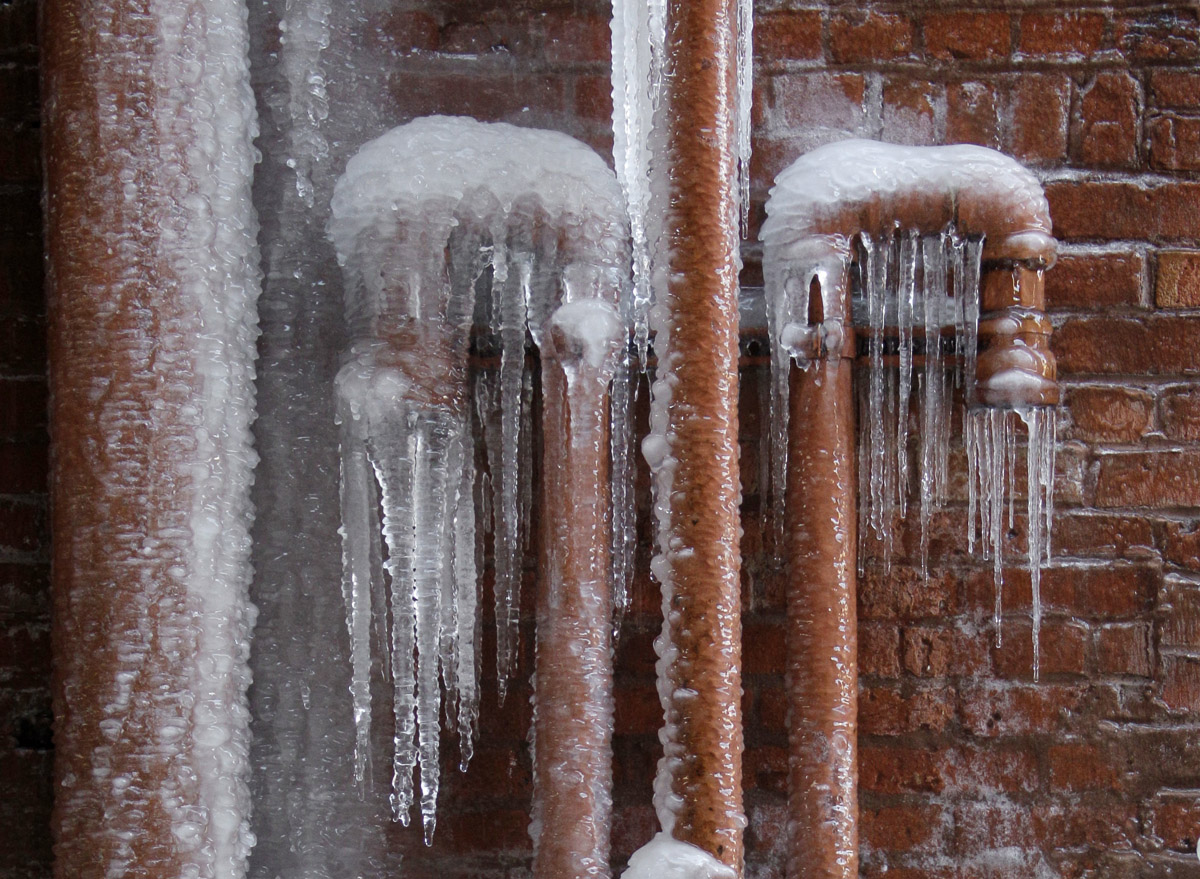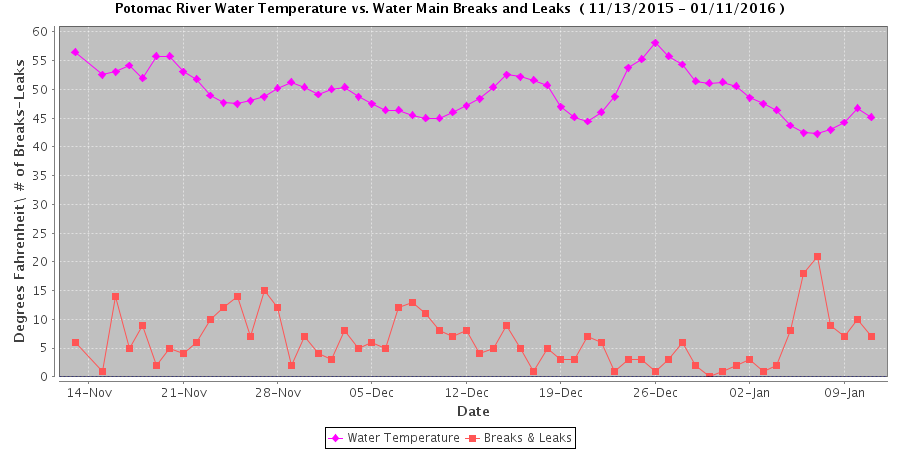WASHINGTON — As temperatures settle in below zero, don’t be that person who forgets to protect pipes in the home.
“Oh, typically bad things happen [when pipes freeze],” says Jeff Smith, co-owner of Twins Ace Hardware in Fairfax, Virginia.
Smith says nothing can turn a toasty evening at home into a nightmare faster than a busted water pipe.
“As the pipes freeze, it’ll freeze to the point where water will push through all that ice, and you’ll have a pretty massive leak on the inside of your house,” he says.
Preventing frozen pipes takes minimal preparation in the days before an extended cold streak.
“Shut off the valve on the inside of your house that controls the outside hose spigots,” says Smith. “Shut it nice and tight.”
Next, turn the hose spigots on the outside of the house wide open.
“That’ll let all the water trapped in the pipe out of the pipe, so that will prevent water getting stuck in the pipe, freezing and bursting your pipes,” he says.
Most inside valves have a small second cap, which can be turned between thumb and forefinger.
“If you unscrew that, that’ll let every little last drop of water or condensation escape, so it won’t have the chance to freeze — it’ll just dry up,” says Smith.
In un-insulated pipes inside the home, using water pipe heating cables can provide warmth to pipes.
“Picture an extension cord, that’s plugged into an extension cord,” Smith says. “You wrap it around the pipe itself, it keeps it warm just enough to keep the water inside from freezing.”
Earlier this month, Washington Suburban Sanitary Commission General Manager Carla Reid said she expects the agency will see an average of between 400 and 600 water main breaks this winter. Overall, WSSC’s Utility Services Team repaired 1,918 water main breaks and leaks in 2015.







